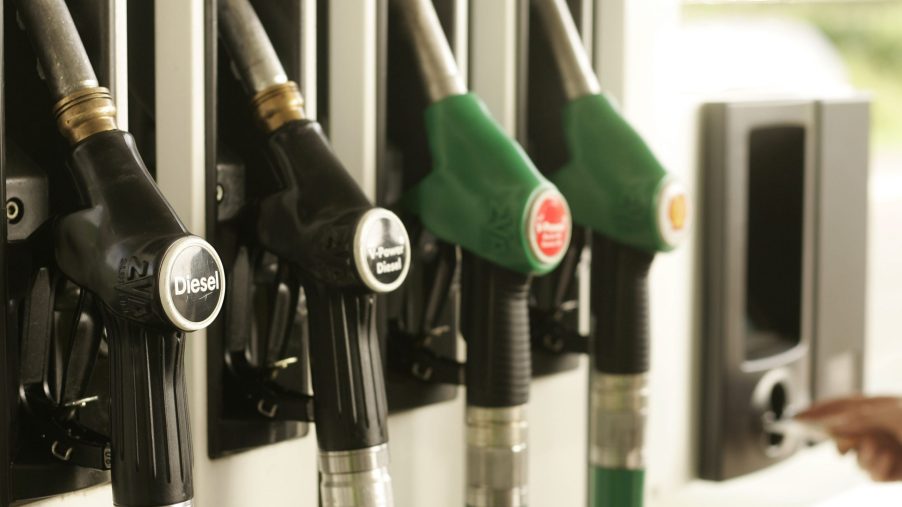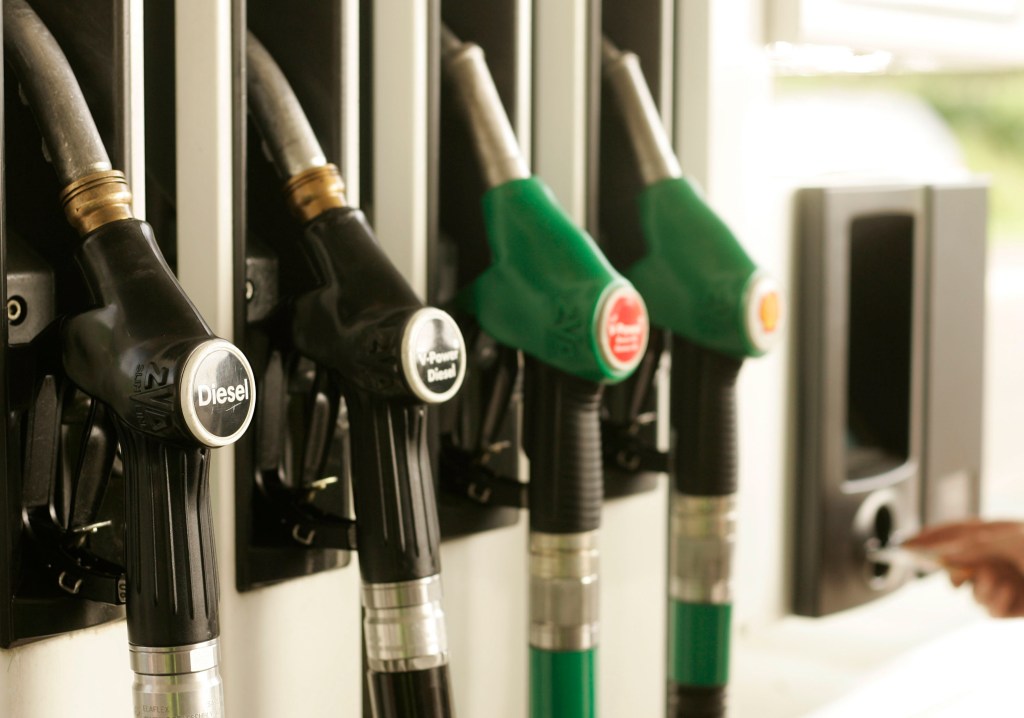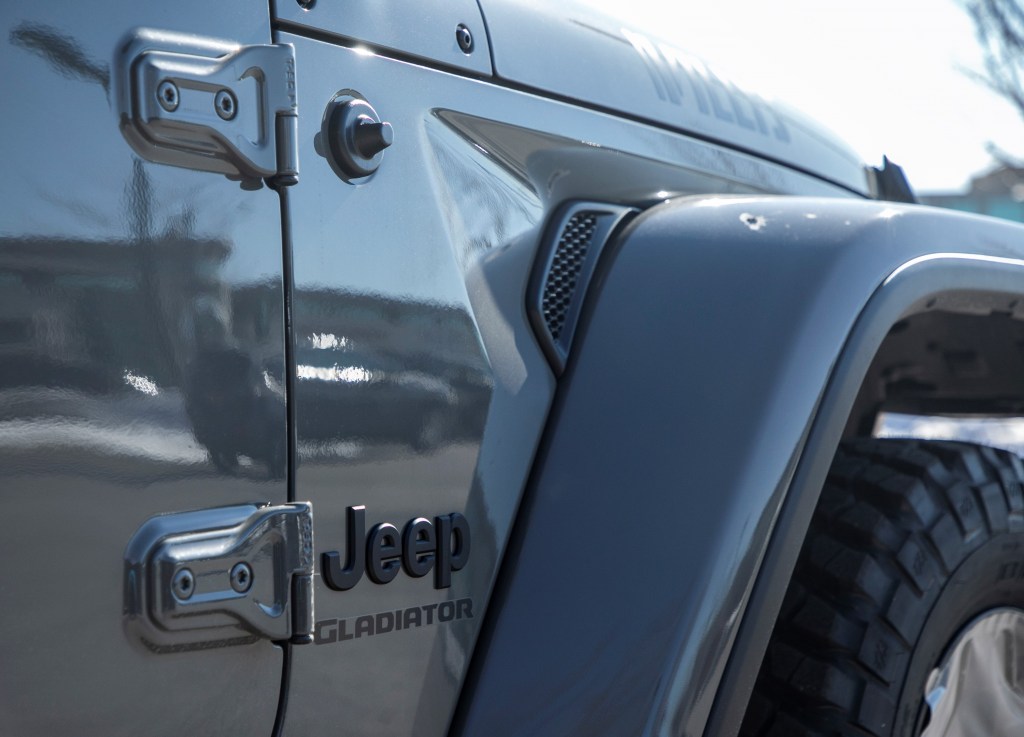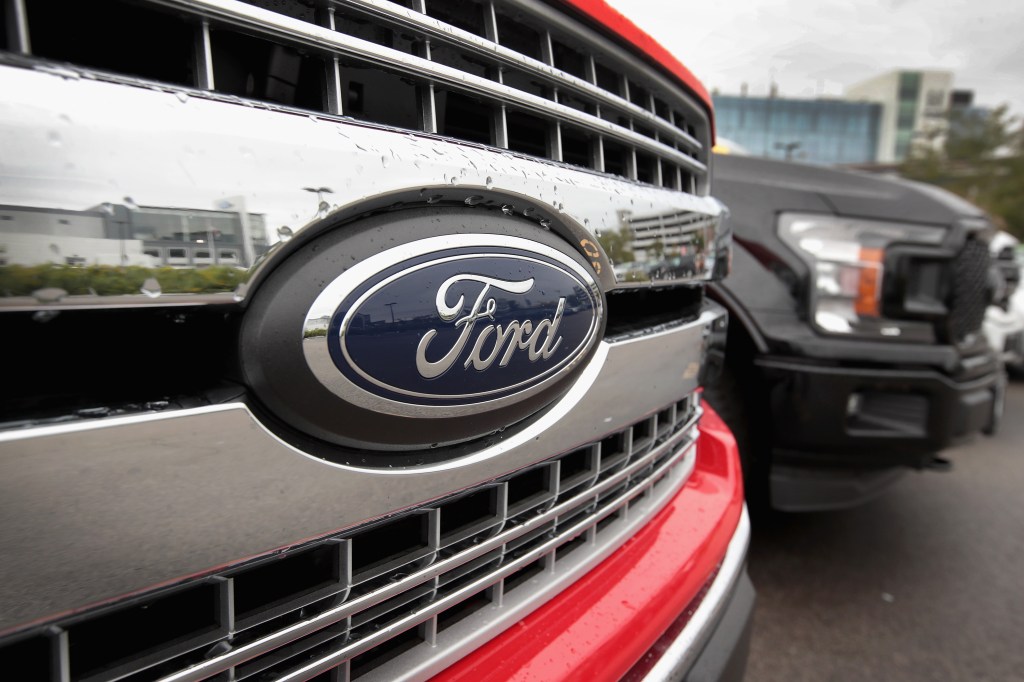
These Diesel Trucks Aren’t as Horrible for the Environment Than You Might Think
Annual petroleum consumption, greenhouse gas ratings, and smog ratings are scores given to cars to rate their eco-friendliness. Comparing the scores of gas and diesel-powered trucks provides some fascinating insight. Despite their reputation for being dirty, some diesel trucks outshine gas-powered versions when it comes to emissions.

Both gas and diesel GMC Sierras have a nearly identical environmental impact
Smog ratings are where diesel trucks often fail to impress. In this rare case, the diesel GMC Sierra offers a slightly better than dismal rating of three. According to the U.S. Department of Energy, its gas-powered sibling comes in at six, just better than average. The diesel sierra consumes one barrel less petroleum than the gas option.
In greenhouse gas ratings, the diesel wins again with a score of five. It emits 394 grams per mile of greenhouse gases. The gas-powered Sierra puts out 421 grams per mile of greenhouse gasses and scores a four on the one to ten scale of greenhouse gas ratings.
The diesel Ram 1500 two-wheel drive outperforms gas but for one category
Both the gas-powered and diesel-powered Ram 1500s are neck and neck in annual petroleum consumption. The diesel option consumes 14.7 barrels per year, and the equivalent gas option consumes 14.2. Both trucks have a greenhouse gas rating of five, with only ten grams of emissions per mile more for the gas-powered truck.
Smog ratings show the failings of diesel powertrains. The diesel Ram 1500 gets a lowly one. The gas-powered version scores a five. Aftermarket parts can dramatically slash smog emissions, making gas and diesel equally ranked.
Jeep’s EcoDiesel may not be aptly named

Hands-down, the gas-powered Jeep Gladiator beats its diesel sibling in all three environmental ratings. There is very little difference in annual petroleum consumption between both versions. The gas truck consumes 17.3 barrels per year, while the diesel consumes 15.9.
Gas Jeep Gladiators have an excellent smog rating of seven, uncommonly high for its class. The EcoDiesel, like many other diesel powertrains, comes in at one. Jeep’s EcoDiesel saves some face in greenhouse gas emissions with a rating of four, putting out 423 grams per mile.
The gas version scores a three greenhouse gas rating. It puts out 466 grams per mile of emissions. The closeness of this score does little to boost the EcoDiesel’s performance against its gas-powered sibling.
The gas-powered F-150 outshines diesel, even where diesel usually wins

Diesel trucks are known for fuel-efficiency. They produce more power with less fuel. That doesn’t always translate to less consumption.
The F-150 PowerStroke consumes 16.6 barrels of petroleum per year. Its gas all-wheel drive counterpart consumes 13.7. Gas beats diesel again in greenhouse gas ratings. The diesel scores a four and puts out 446 grams per mile. Gas scores a five and puts out 368 grams per mile.
The two powertrain options of this truck get predictable smog ratings. The diesel option scores a one, and the gas option scores a five. Overall, the gas-powered F-150 is more environmentally friendly.
Diesel trucks have a reputation for spewing choking black clouds of smog. That’s not necessarily the case anymore, and some diesel trucks pollute less than gas-powered options. More importantly, aftermarket parts can further improve the emissions and ratings of diesel trucks, giving them more of an edge against gas options.


